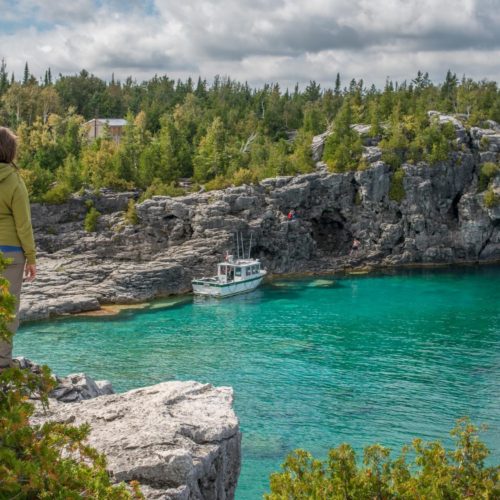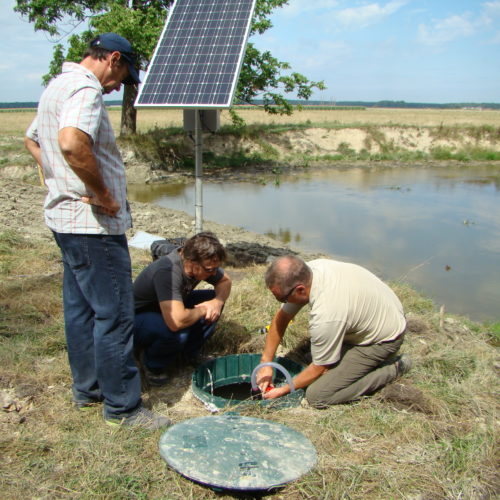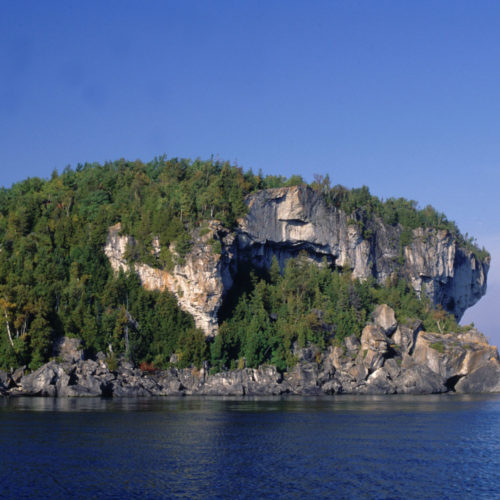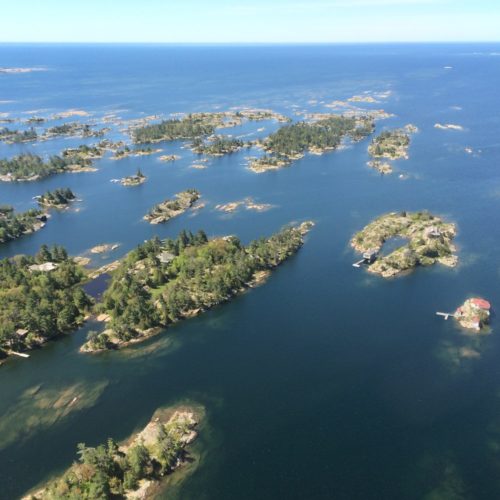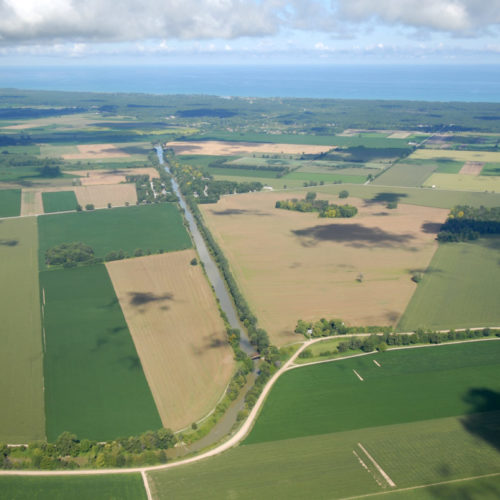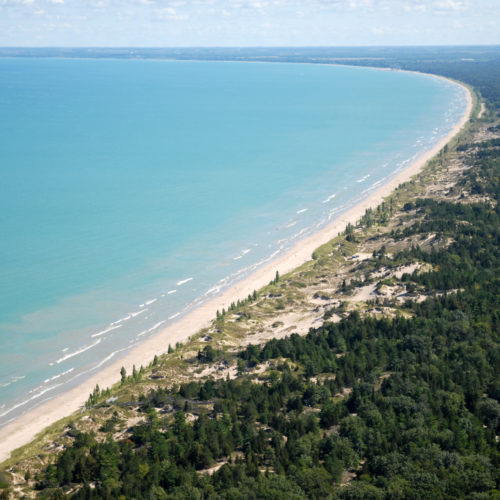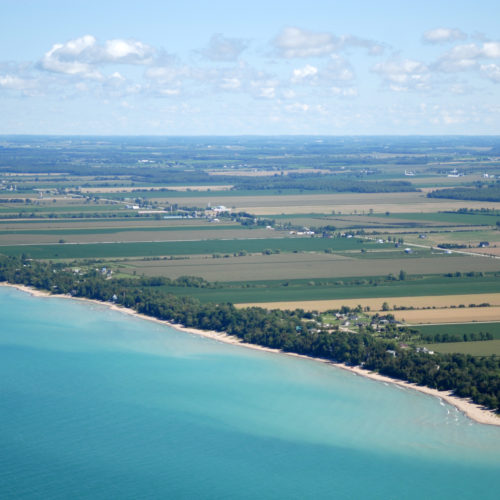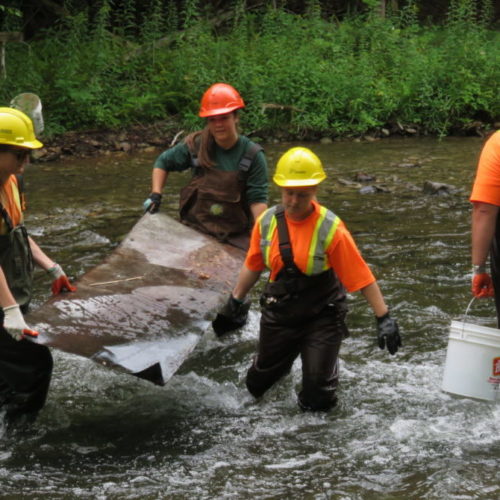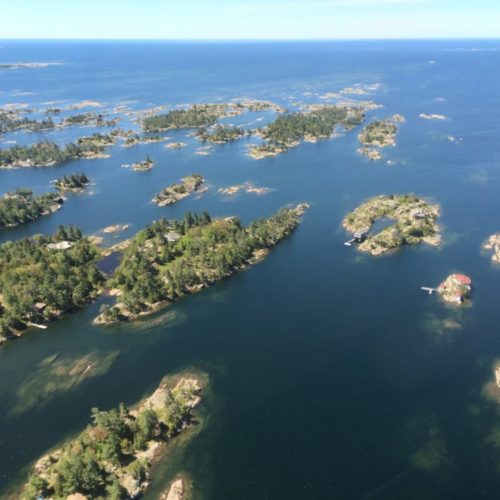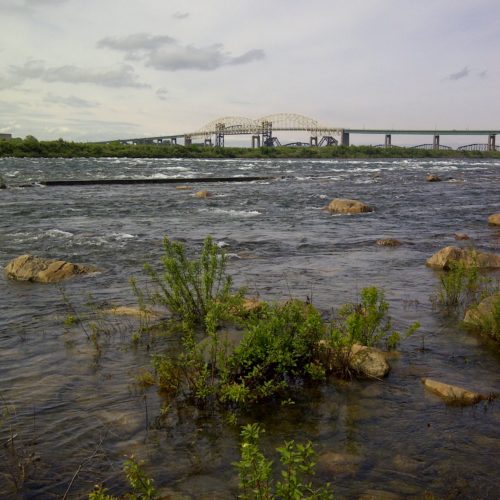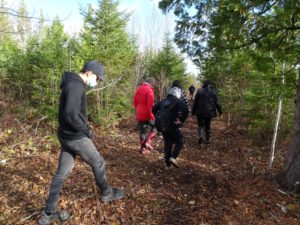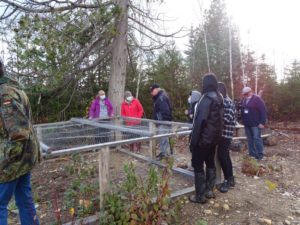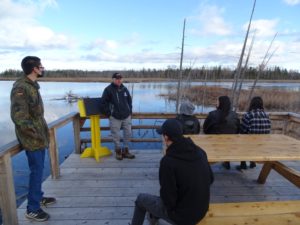During the fall of 2021, Manitoulin Streams partnered with Wiikwemkoong Unceded Territory to protect Prairie Point wetland through creation of educational trails to control human access and prevent harm to shoreline banks along the community wetland. A trail system will reduce erosion of shoreline and habitat destruction, protecting the land for Species at Risk, safeguard aquatic ecosystems, improve the wetland hydrological function and aquatic and terrestrial wildlife. 100 trees were planted with students from Wiikwemkoong High School as part of a reintroduction program to stabilize riparian areas and preserve biodiversity. Installment of educational signs pertaining to wetland function, significant features and species (native species & SAR) in both Anishinaabe and English language were created and will be installed this spring. The trails and signage will provide relevant educational teaching opportunities for local schools, groups, tourists and people of all ages.
Nearest city or town: Wikwemikong, ON
Project start date: September 30, 2021
End date: March 31, 2022
Project focus: Combination of Education, Restoration, and Monitoring
Project contact: Seija Deschenes
